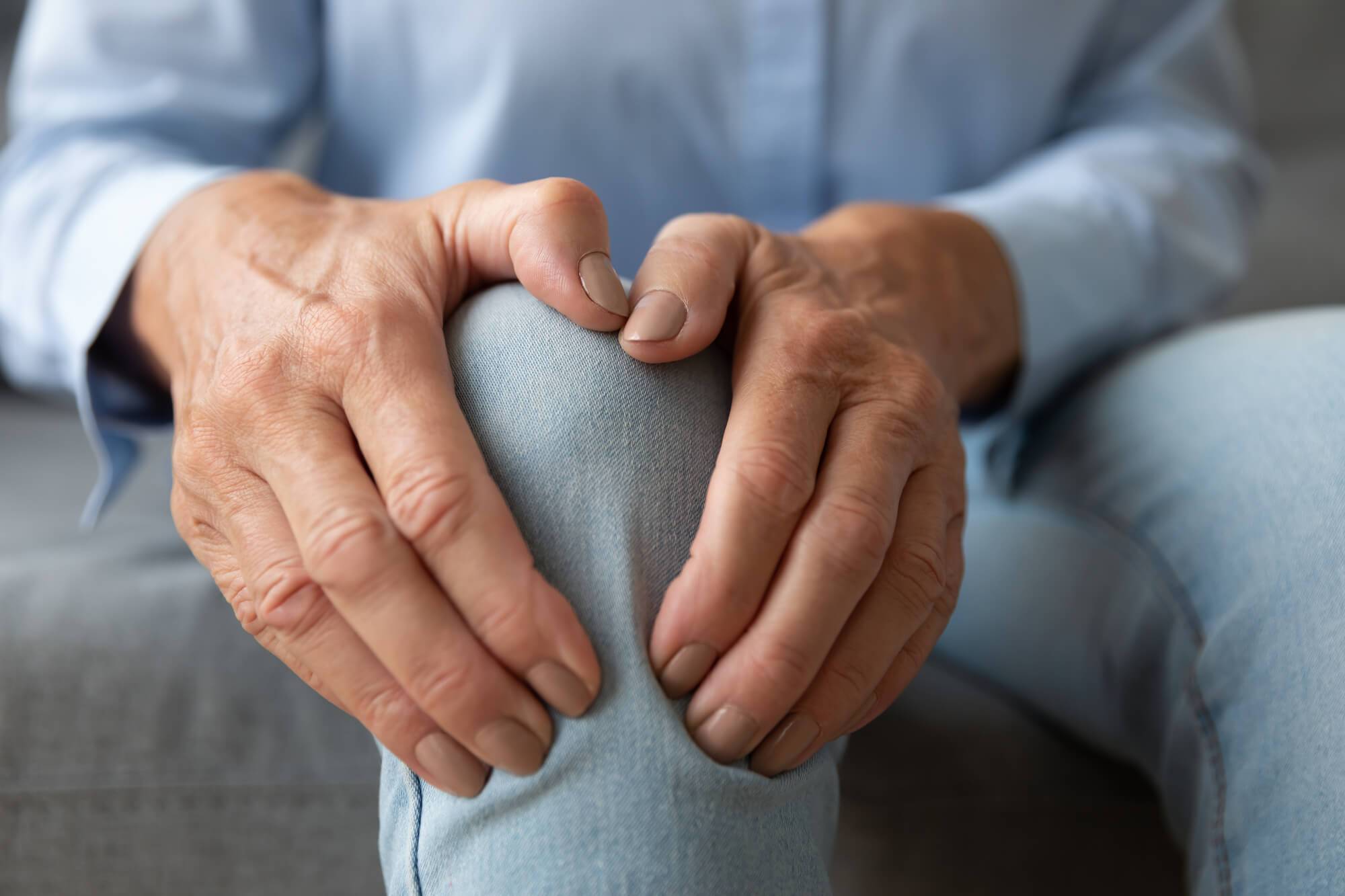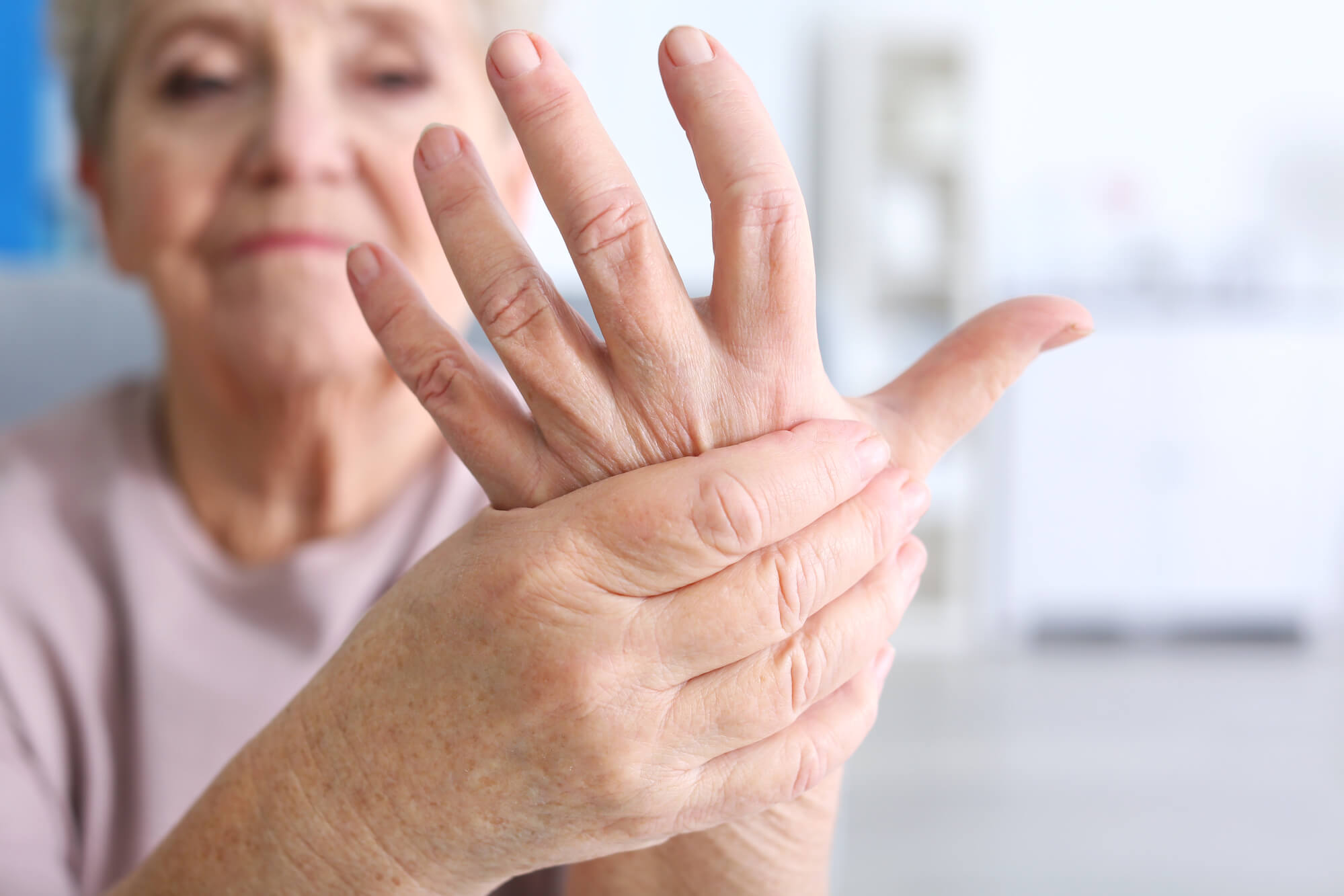OSTEOARTHRITIS (OA)
WHAT IS OSTEOARTHRITIS?
Osteoarthritis is the most common form of arthritis. It is called the “wear and tear” form of the disease. When OA begins to affect a person’s body, a series of reactions start attacking the soft tissue that protects your bones. As soon as the soft tissue is gone, your bones begin to rub and wear down, which causes joint damage, inflammation, and pain.
WHO DOES OA AFFECT?
In the United States, twenty-one million people are affected by OA, and though anyone can suffer from OA, the most common factor is aging. Anyone over the age of 55 should be checked for OA.
WHAT ARE THE SYMPTOMS OF OA?
The main symptoms of OA might include:
- Pain
- Swelling
- Tenderness
- Crunching sounds in the joint
If you feel you are suffering from any of the symptoms of OA, please contact your doctor.

RHEUMATOID ARTHRITIS (RA)
WHAT IS RHEUMATOID ARTHRITIS?
When someone is diagnosed with Rheumatoid Arthritis, there is a chemical change in the synovial membrane that causes them to become thickened and inflamed. Due to the variations in the synovial membrane, too much synovial fluid is produced. The symptoms of RA include chronic inflammation, cartilage loss, pain, and stiffness. In general, RA affects three times more women than men*, and it might affect other organs, including the skin and heart.
WHO DOES RA AFFECT?
RA affects more than two million people in the United States. The effects of RA might impact you at any age, and women have a higher chance of being diagnosed. According to research, women are twice as likely as men to be diagnosed with RA.
WHAT ARE THE SYMPTOMS OF RA?
RA, a disease that causes chronic pain, and doctors have classified the progression of the disease into three categories.
The first stage is swelling and pain in the joint, the second stage is thickening of the joint lining, and the final stage is permanent joint damage caused by enzymes attacking your bones and cartilage.
Other symptoms of RA might include fatigue, flu-like symptoms, fever, loss of appetite, depression, and rheumatoid nodules under the skin.
If left untreated, RA your activity level will diminish, and in addition to the loss of energy, the joint damage could cause you to lose the ability to move individual joints.
To offer a proper diagnosis and to prevent health issues, contact your doctor to see what options are available to you.

POST-TRAUMATIC ARTHRITIS
If an injury occurs in a joint, post-traumatic arthritis might develop. The cartilage and bone in or near your joint might not heal properly. Due to the injury, the joint is no longer smooth, and additional joint damage and wear might occur.
PAGET’S DISEASE
Paget's Disease, a disease that arises from an accelerated bone formation, often affects a person's hip. When this happens, the density and shape of your hip bone change. The changes cause pain in the bone and joint inflammation.
Paget's Disease is a bone disease that often affects the hip, in which bone formation is accelerated. The density and shape of the bone changes, which in turn causes bone pain and inflammation of the joints.
AVASCULAR NECROSIS
When a bone is deprived of its normal blood supply, Avascular Necrosis might occur. This disease might follow an organ transplant or a long-term cortisone treatment. Without proper nutrition from the blood, the structure of the bone will weaken and collapse, which will damage the cartilage.
For more information about Arthritis, review the following American Academy of Orthopaedic Surgeons Links: